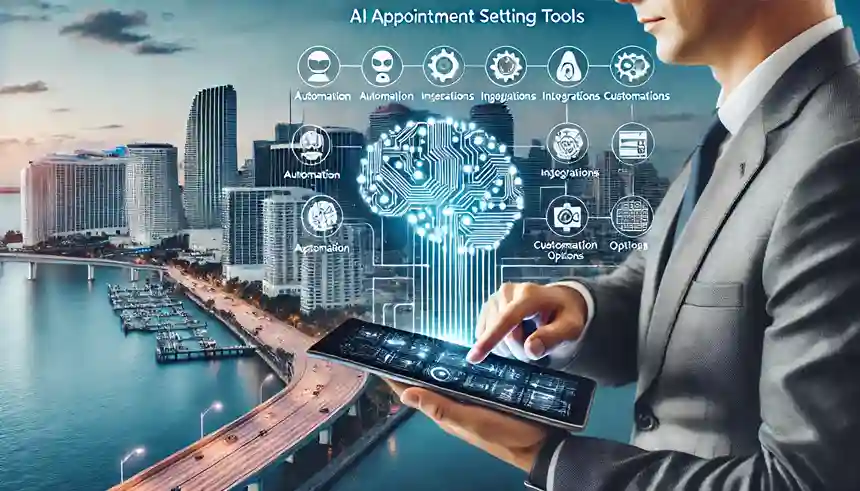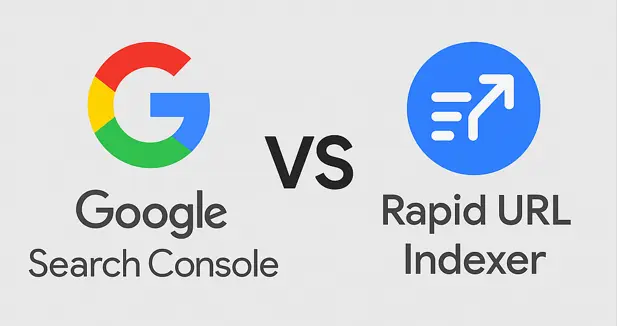Discover how AI disturbance overlay are transforming digital visuals, filmmaking, gaming, and more. Learn tools, use cases, and future trends of AI-generated glitch effects.

Introduction: Why AI Disturbance Overlays Are Trending
In today’s fast-evolving digital landscape, AI-powered design tools are making it easier than ever to create visually stunning content. One trend gaining major momentum is the AI disturbance overlay—a fusion of glitch art and machine learning that results in cinematic, intentional distortion effects across video, image, and real-time media.
From filmmakers to video game developers and content creators, this cutting-edge technology is revolutionizing how we simulate chaos, suspense, or a dystopian digital vibe.
But what exactly is an AI disturbance overlay? How does it work? And why should you care?
Let’s dive in.
What is an AI Disturbance Overlay?
An AI disturbance overlay is a digital effect—usually visual in nature—created or enhanced using artificial intelligence to simulate interference, noise, or glitch-like distortions. These overlays are commonly used in:
- Sci-fi films
- Horror games
- Futuristic digital art
- Cyberpunk visuals
- Tech-themed marketing campaigns
While traditional overlays were pre-made effects or manually crafted in video editors like Adobe Premiere Pro, AI disturbance overlays are smarter. They adapt to content, learn from styles, and can generate real-time, context-aware visual noise.
Understanding the User Intent: Why People Search for “AI Disturbance Overlay”
If you’re searching for this term, chances are you’re:
- A video creator looking for glitch effects that react intelligently to your footage
- A digital artist wanting to generate disturbance aesthetics automatically
- A game developer aiming to create immersive player experiences
- Or simply a tech enthusiast exploring how AI transforms design workflows
So, this guide is designed to teach you, equip you with tools, and inspire you to use AI-powered overlays in your creative projects.
How AI Is Changing the Game for Disturbance Effects

Before AI, glitch overlays were either stock files or required hours of manual editing. Now, with AI-driven platforms and models, the process is:
- ✅ Faster
- ✅ More customizable
- ✅ Context-sensitive
- ✅ Emotionally responsive
For example, an AI tool can detect facial expressions or motion in a video and distort those specific areas to simulate panic, fear, or a tech meltdown—without touching the background.
This level of intelligence and automation is what sets AI disturbance overlays apart.
Use Cases: Where AI Disturbance Overlays Shine
1. Video Editing & Filmmaking
AI overlays are a favorite in post-production workflows. They’re used to:
- Simulate signal loss in thriller or sci-fi scenes
- Distort faces or objects for psychological effects
- Create opening/closing title sequences with a glitchy vibe
Tool Tip: Runway ML offers AI video tools with glitch and distortion effects that can be layered dynamically.
2. Gaming & Virtual Worlds
In games, AI disturbance overlays create immersive reactions when:
- Players take damage
- Enter virtual or hacked environments
- Encounter a digital virus or system error
This enhances realism and adds depth to gameplay.
Example: Popular titles like Cyberpunk 2077 and Control use dynamic visual disturbances to heighten immersion.
3. Live Streaming and Virtual Events
Streamers and event hosts now use real-time overlays powered by AI to:
- Trigger disturbances based on audience interaction
- Visualize system hacks or alerts dynamically
- Style their streams with unique aesthetics
Tool Tip: OBS Studio + plugins like StreamFX can integrate AI-driven real-time effects with some custom coding.
4. Augmented Reality (AR) and Metaverse
In AR, overlays react to real-world movements and objects. AI enhances these by:
- Adapting to user emotions
- Changing disturbance levels based on voice or gestures
- Delivering personalized visual experiences in real-time
This is huge for immersive storytelling, branding, and virtual try-ons.
Top Tools to Create AI Disturbance Overlays
| Tool | Use Case | AI Features |
| Runway ML | Video editing | Glitch effects, motion-aware editing |
| Kaiber AI | Music videos, animation | Syncs visual distortion to music |
| Artbreeder | Image generation | AI blending and distortion |
| After Effects + Red Giant Universe | Advanced VFX | Presets for glitch, noise, signal loss |
| TouchDesigner | Live visuals | AI-integration via Python scripting |
👉 Looking for tutorials? Check out Pika Labs and Notion AI Creators Hub for growing communities using AI in video production.
Creating Your Own AI Disturbance Overlay: Step-by-Step
Let’s walk through a basic workflow to generate your own glitch effect using AI:

Step 1: Choose Your Platform
Pick a tool based on your medium:
- Video → Runway ML, Adobe After Effects
- Image → MidJourney + Photoshop
- Real-time → OBS + custom plugins
Step 2: Upload or Create Content
Upload your base footage or image. Some tools offer text-to-video/image generation as well.
Step 3: Apply AI-Generated Effects
Use the tool’s control panel to apply:
- Glitch intensity
- Color distortion
- Motion tracking
- Style-matching (optional)
Step 4: Fine-Tune Output
Adjust frame-by-frame or let the AI handle it dynamically based on detected objects or movements.
Step 5: Export and Use
Download your overlay as a transparent file or integrated video. Apply in your project timeline.
Tips for Better Results with AI Disturbance Effects
- 🎯 Don’t overuse. Subtle glitches often feel more realistic than constant distortion.
- 🎥 Use transitions. Combine AI overlays with cinematic transitions for professional effects.
- 🎨 Match the mood. Use cool tones for horror, warm tones for nostalgic tech vibes.
- 📶 Layer intelligently. Stack multiple AI overlays for richer visual storytelling.
SEO Keywords to Target (And Why They Matter)
Here are some keywords we’re optimizing for, along with their search intent:
| Keyword | Search Intent |
| AI disturbance overlay | Informational/transactional |
| AI glitch effect | Creative and tutorial-seeking |
| Video editing with AI | Learning and tool discovery |
| Glitch art generator | Artistic tools |
| AI visual effects tools | Professional application |
The Future of AI Disturbance Overlays
The potential of AI in visual design is just getting started. Expect to see:
- Emotion-aware overlays reacting to actors’ performances
- Voice-controlled glitch effects for live production
- Hyper-personalized video content generated by prompt + AI overlay combo
- AI avatars with dynamic glitches for storytelling or branding
Platforms like Sora by OpenAI and Pika are already hinting at what’s possible.
Frequently Asked Questions (FAQs)

❓ What is an AI disturbance overlay?
An AI disturbance overlay is a digital visual effect generated using artificial intelligence to simulate glitches, distortions, noise, or signal interference. These overlays are context-aware and often used in video editing, gaming, AR/VR, and creative design projects.
How is AI used to create glitch effects?
AI uses machine learning models to analyze visual content and generate disturbances based on motion, objects, and even emotion. Unlike static overlays, AI glitch effects can be dynamic, adaptive, and even real-time—responding to what’s happening in the scene or user input.
What tools can I use to create AI disturbance overlays?
Some of the top tools include:
- Runway ML
- Kaiber AI
- Adobe After Effects with Red Giant plugins
- TouchDesigner
- OBS Studio for real-time streaming effects
These tools offer various levels of AI integration and visual customization.
Are AI disturbance overlays only for video?
No. While they’re popular in video editing, AI disturbance overlays can also be applied to:
- Static images (e.g., AI-generated glitch art)
- Live streams
- Augmented Reality (AR) apps
- Web design animations
- Video game HUDs and environments
Can I use AI overlays in commercial projects?
Yes, most AI tools offer commercial licensing options, though it depends on the platform. For example, Runway ML and Kaiber AI allow commercial use with proper attribution or under their premium plans. Always check the licensing terms before publishing.
Are these overlays beginner-friendly?
Absolutely! Tools like Runway ML and Kaiber AI offer intuitive, drag-and-drop interfaces. Even without design or coding experience, you can create high-quality disturbance overlays in minutes. For advanced users, platforms like After Effects and TouchDesigner offer deeper customization.
Can I combine multiple AI overlays in one project?
Yes. In fact, layering different AI-generated overlays (like glitch + color warping + noise) can create a more immersive and stylized look. Just ensure it doesn’t overwhelm the core content—balance is key.
What’s the future of AI in visual effects?
The future is moving toward:
- Emotion-aware overlays that respond to tone or facial expressions
- Real-time adaptive effects in games and VR
- Prompt-to-video generation where you describe the scene and AI creates both content and distortion overlays
Keep an eye on platforms like OpenAI’s Sora and Pika Labs for the latest innovations.
Final Thoughts: Should You Use AI Disturbance Overlays?
If you’re a content creator, filmmaker, designer, or developer—yes, you should explore this. These overlays aren’t just trendy—they’re powerful, efficient, and can elevate your storytelling dramatically.
They let you:
- Save time
- Add cinematic depth
- Engage your audience emotionally
- Stay ahead in a competitive digital space
Useful Links & Resources
- 🎬 Runway ML – AI Video Editor
- 🎥 Pika Labs – Text to Video Generator
- 🔮 Kaiber AI – Music Visualizer
- 📺 OBS Studio – Streaming Software
- 🧠 OpenAI – Sora (coming soon)
Explore more on SociaGain




